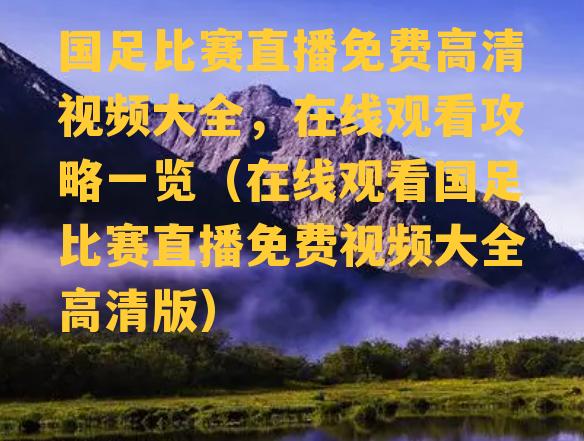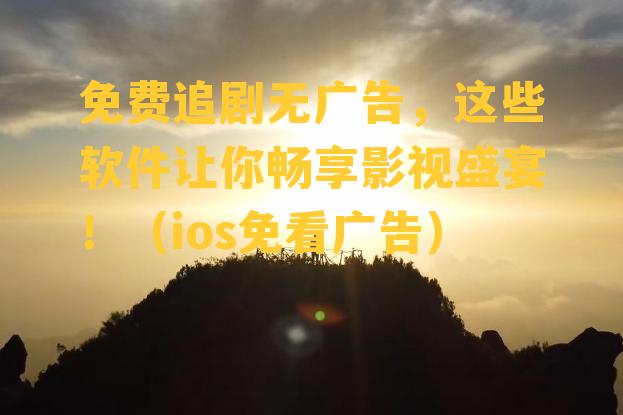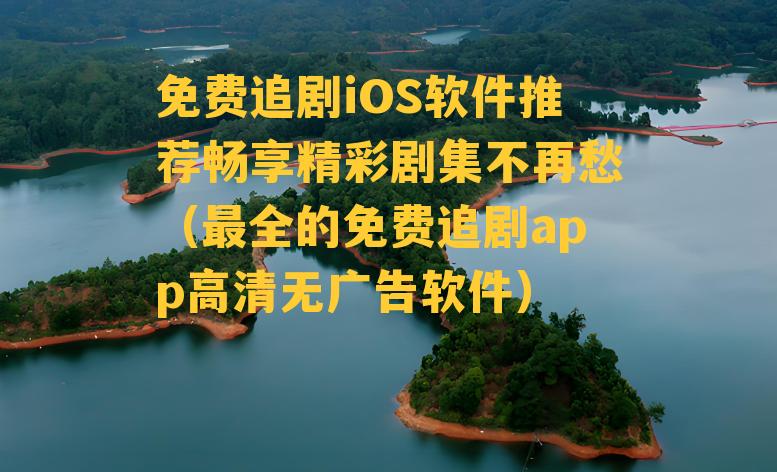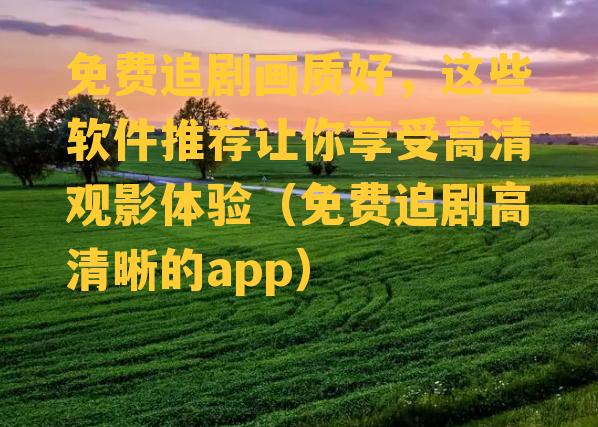英语文章翻译在线(英语全文在线翻译)
In the world of communication, the ability to translate from English to the original text is a skill that bridges gaps and fosters understanding across cultures. Whether you are a professional translator, a student, or simply someone with a passion for languages, understanding how to translate accurately and effectively is crucial. This article delves into the key aspects of translating from English to the original text, offering insights and practical tips to enhance your translation skills.
**Understanding the Source Text**
The first step in any translation process is to thoroughly understand the source text. This involves:
1. **Contextual Analysis**: Consider the context in which the text was written, including the author's intent, the audience, and the historical or cultural background.
2. **Grammar and Syntax**: Familiarize yourself with the grammatical structure and syntax of both English and the target language to ensure accuracy.
3. **Terminology**: Research specific terminology to ensure that specialized words are translated correctly.
**Identifying Key Elements**
To translate effectively, identify the key elements within the text:
n points or arguments being made.
ls**: Recognize supporting evidence, examples, or explanations.
3. **Cultural References**: Note any cultural references or idioms that may not translate directly.
**Translating Techniques**
When translating from English to the original text, consider the following techniques:
1. **Word-for-Word Translation**: While this can be a starting point, it often results in unnatural phrasing. Aim for a more fluid translation.
2. **Free Translation**: This involves conveying the meaning of the text rather than the exact words. It's useful for idiomatic expressions or humor.
ning the original meaning.
ning Accuracy**
n it:
1. **Re-read and Revise**: After translating, re-read the text to ensure it flows well and conveys the intended meaning.
2. **Back-Translation**: Translate the text back into the source language to check for errors or inconsistencies.
3. **Seek Feedback**: Have others review your translation to catch any mistakes you may have missed.
**Cultural Considerations**
Cultural nuances can significantly affect the translation process:
1. **Language Differences**: Some words or phrases may not have a direct equivalent in the target language.
2. **Cultural Sensitivity**: Be mindful of cultural norms and avoid translating words or phrases that might be offensive or inappropriate.

**Conclusion**
Translating from English to the original text is a complex yet rewarding task that requires a keen understanding of both languages and cultures. By following these guidelines and continuously practicing your skills, you can enhance your ability to translate accurately and effectively, contributing to better communication and understanding across the globe.









